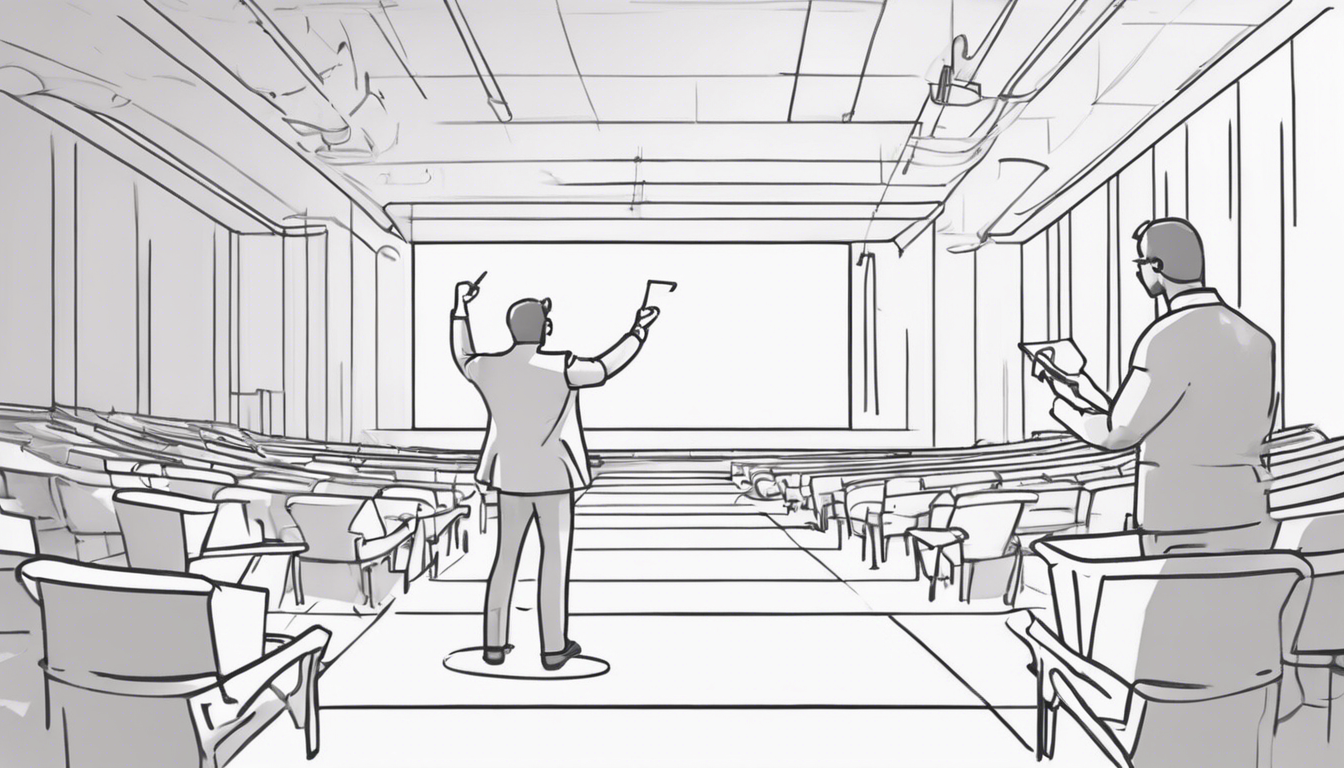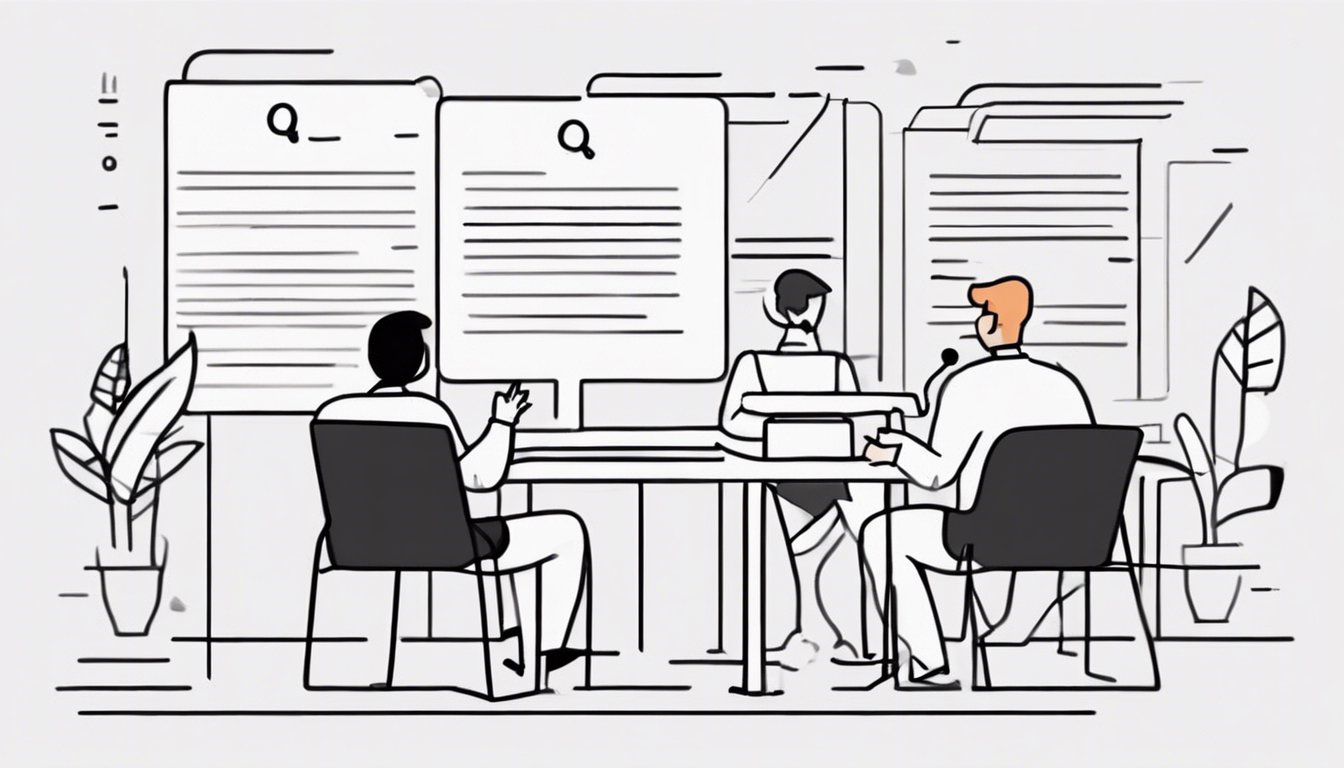Introduction
So, you’ve been tasked with delivering a keynote speech, huh? Buckle up, because you’re in for a thrilling ride! Before diving into the nitty-gritty details of preparing for your big moment in the spotlight, let’s first understand what exactly a keynote speech is and why it holds such significance in the realm of public speaking.
A keynote speech is like the cherry on top of the sundae at a conference or event. It’s the main attraction, the showstopper that sets the tone for the entire gathering. This type of speech is not just about sharing information; it’s about inspiring, motivating, and captivating your audience. Keynote speeches are designed to leave a lasting impact, spark conversations, and ignite change.
The purpose of this essay is to guide you through the process of preparing for a keynote speech, from understanding your audience to crafting a compelling message, practicing your delivery, handling nerves, utilizing visual aids effectively, and ensuring a seamless technical setup. By the end of this journey, you’ll be armed with the tools and confidence needed to deliver a memorable and impactful keynote address.
Understanding the Audience

Before you even think about putting pen to paper or fingers to keyboard, it’s crucial to get inside the minds of your audience. Researching your audience is like detective work, but way more fun! Dive into their demographics, interests, and expectations to tailor your speech accordingly.
Identifying what your audience expects from your keynote speech is key to keeping them engaged. Are they looking for insights, entertainment, motivation, or a mix of everything? Understanding their expectations will help you shape your content to meet their needs and leave them feeling satisfied.
Adapting your content to resonate with your audience is like customizing a gift—it shows you care. Whether you’re speaking to a group of industry professionals or a crowd of students, adjusting your language, examples, and tone to match their preferences will create a stronger connection and make your message more impactful.
Crafting the Keynote Speech

Now comes the fun part—crafting your masterpiece! Start by establishing a clear message that you want to convey to your audience. What do you want them to remember long after your speech is over? Your message should be like a beacon guiding your audience through the sea of information.
Structuring your speech is like building a house—you need a solid foundation. Organize your content in a logical flow, with a captivating introduction, engaging body, and a powerful conclusion. Think of it as taking your audience on a journey with a clear beginning, middle, and end.
To keep your audience on the edge of their seats, incorporate engaging elements into your speech. Use anecdotes, humor, visuals, or interactive activities to break the monotony and create a dynamic experience. Remember, a great keynote speech is not just heard; it’s felt and remembered.
Practicing Delivery

Practice makes perfect, they say, and they’re right! Rehearsing your speech multiple times is essential to ensure a smooth delivery. Practice in front of a mirror, record yourself, or even rehearse in front of a trusted friend or family member to get feedback.
Working on your vocal delivery is like tuning a musical instrument. Pay attention to your tone, pitch, pace, and volume to keep your audience engaged. A well-modulated voice can convey emotions, emphasize key points, and maintain interest throughout your speech.
Body language speaks volumes, sometimes louder than words. Practice your gestures, posture, and facial expressions to complement your words and convey confidence. Remember, a smile, a nod, or a well-timed gesture can enhance your message and connect you with your audience.
Utilizing Visual Aids

Visual aids are like the secret sauce that adds flavor to your speech. Choose visuals that enhance your message and help clarify complex ideas. Whether it’s slides, videos, infographics, or props, visual aids can make your presentation more engaging and memorable.
Creating impactful slides is an art form. Keep them simple, visually appealing, and easy to read. Use images, charts, and minimal text to support your key points. Remember, your slides should complement your speech, not distract from it.
Integrating visuals seamlessly into your speech is like weaving a tapestry of information. Timing is crucial—use visuals at strategic points to reinforce your message or evoke emotions. Practice your transitions between speaking and showing visuals to maintain a smooth flow.
Managing Nervousness

Nervousness before a speech is normal, like butterflies fluttering in your stomach. To control those jitters, try relaxation techniques like deep breathing. Inhale confidence, exhale doubt. Repeat until you feel centered and ready to conquer the stage.
Engage in breathing exercises to calm your nerves and regulate your heartbeat. Practice diaphragmatic breathing to oxygenate your body and mind, helping you stay focused and composed during your speech. Remember, a calm breath leads to a calm mind.
Visualizing success is a powerful tool to combat nervousness. Close your eyes and imagine yourself delivering a stellar speech with confidence and poise. Visualize the audience nodding in agreement, applauding your key points, and engaging with your message. Positive visualization can turn those nerves into excitement.
Handling Q&A Sessions

Preparing for the Q&A session is like sharpening your sword for battle. Anticipate potential questions based on your speech content, industry trends, or audience interests. Have concise and thoughtful answers ready to respond confidently and informatively.
Responding confidently to questions is a skill that can be honed. Maintain eye contact, listen attentively, and answer questions with clarity and conviction. If you’re unsure about a response, it’s okay to admit it and offer to follow up later with more information.
Dealing with challenging questions requires grace under pressure. Stay calm, acknowledge the question respectfully, and address it to the best of your ability. If faced with a tricky question, reframe it positively, redirect to a related topic, or open it up for audience input to navigate smoothly.
Ensuring Technical Readiness

Checking audio-visual equipment before your speech is like inspecting your superhero gear before a mission. Ensure that microphones, projectors, screens, and clickers are in working order. Test the sound quality, visuals, and connectivity to avoid any technical hiccups during your presentation.
Testing microphones and clickers is a small yet crucial step in your technical preparation. Familiarize yourself with the equipment, check the battery levels, and practice using them to advance slides or amplify your voice. A smooth technical setup can enhance your confidence and overall presentation.
Having backup plans in place is like having a safety net for your performance. Prepare for contingencies like a malfunctioning projector, a dead microphone, or a sudden power outage. Keep backup files of your presentation, carry spare batteries, and be ready to adapt to unforeseen technical challenges with ease.
Post-Speech Evaluation

After the curtain falls on your keynote speech, it’s time for a little self-reflection. Take a moment to evaluate your performance objectively. What went well? What could have been better? Reflecting on your strengths and areas for improvement is key to growing as a speaker.
Gathering feedback from your audience is like receiving a report card on your speech. Ask for honest opinions, constructive criticism, and suggestions for future improvement. Feedback is a gift that can help you refine your speaking skills and tailor your content to better resonate with your audience.
Identifying areas for improvement is a continuous process. Analyze the feedback received, revisit your speech recording if available, and make notes on aspects that need enhancement. Whether it’s refining your delivery, adjusting your content, or fine-tuning your visuals, every keynote speech is an opportunity to learn and grow.
Conclusion
In conclusion, preparing for a keynote speech is like embarking on an exhilarating adventure. By understanding your audience, crafting a compelling message, practicing your delivery, utilizing visual aids effectively, managing nervousness, handling Q&A sessions with confidence, ensuring technical readiness, and evaluating your performance post-speech, you set yourself up for success.
Remember, the key to a remarkable keynote speech lies in thorough preparation and continuous improvement. Each speaking opportunity is a chance to refine your skills, connect with your audience, and leave a lasting impact. Embrace the journey of public speaking, and let each keynote speech be a stepping stone towards becoming a masterful communicator.
So, go forth, armed with these tools and insights, and conquer that stage with confidence and charisma. Your keynote speech awaits, ready to inspire, engage, and captivate your audience. And who knows, maybe you’ll even leave them wanting an encore! Happy speaking!





